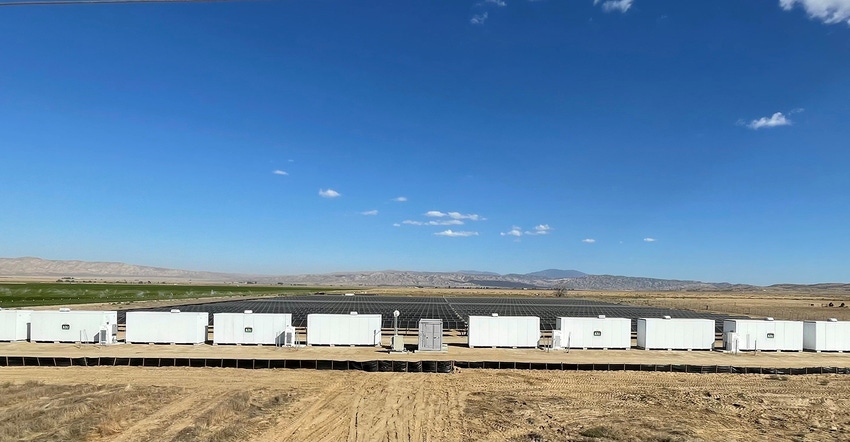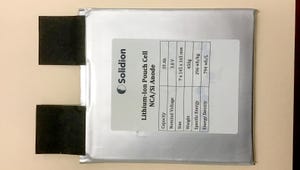Second-Life EV Batteries: Benefits, Challenges, and Innovations
Explore the world of second-life batteries—from the challenges these repurposed lithium-ion batteries face to their environmental benefits; discover pioneering solutions by industry leaders like B2U Storage Solutions.

In an era of sustainable energy solutions, the role of electric vehicles (EVs) extends beyond mobility. At the heart of these EVs lie lithium-ion batteries (LIBs) that, once retired from their primary automotive duty, often retain a substantial portion of their storage capacity. When an EV battery completes its service life on the road, it can retain approximately 80% of its storage capacity. An EV battery can embark on a second life as a stationary power source at this stage, potentially serving as grid-connected storage.
Benefits and challenges of second-life batteries
Second-life batteries offer economic benefits beyond the environmental advantages—reducing landfill waste and the demand for new raw materials. The cost-effectiveness of refurbishing and repurposing used batteries often surpasses manufacturing new ones. Economic analyses, such as the one by McKinsey & Company, agree that second-life batteries are attractive for businesses and individuals looking to integrate sustainable energy solutions.
However, it's crucial to acknowledge the challenges second-life batteries face. According to the Argonne National Laboratory, second-life batteries encounter challenges related to the Battery Management System (BMS). The BMS utilized in the LIB automotive application may not be suitable for its second-life use. Each application demands a specifically engineered BMS to monitor and control the LIB modules for their new purpose.
The diversity in battery modules among different vehicle LIBs introduces complications in second-life applications. Variations in form factor, chemistry, and other factors may render mixing modules within a second-life application less than ideal, introducing unwanted variability. Addressing these disparities becomes crucial for ensuring the effectiveness and safety of repurposed batteries in diverse applications.
Second-life battery application in the market
B2U Storage Solutions, a provider of large-scale energy storage systems using second-life electric vehicle (EV) batteries, makes waves with the announcement of the operational launch of the SEPV Cuyama facility, marking their second hybrid battery storage site. In Santa Barbara County, CA, this facility utilizes advanced technologies to repurpose hundreds of EV batteries sourced from Honda that have reached the end of their automotive life.
The Cuyama facility showcases its EV Pack Storage (EPS) technology, which continuously monitors and controls each battery to maintain operating specifications. EPS technology is certified by UL 9540, enabling EV battery packs without reconfiguration in large-scale energy storage. According to B2U Storage Solutions, to mitigate any potential hazards, battery packs are automatically disconnected if any component deviates from its operating specifications and design limits.
In a prior Battery Technology article, Freeman Hall, the CEO and Co-Founder of B2U Storage Solutions, said, “B2U utilizes EV battery packs as-is, directly removed from the vehicle. Essentially, this eliminates repurposing costs by deploying the packs using B2U’s patented EV Pack Storage (EPS) system that enables batteries to be deployed in a “plug and play” fashion in large-scale energy storage applications.”
IDTechEx forecasts that the second-life EV battery market will reach US$7B in value by 2033. The industry actively seeks viable solutions for battery reuse and recycling. Companies like B2U Storage Solutions are at the forefront, offering innovative and economically advantageous alternatives contribute to the industry's sustainable growth.
Second-life batteries are paving the way for a cleaner, greener future. The efforts of industry leaders like B2U Storage Solutions showcase the potential of repurposing EV batteries to meet the energy challenges of tomorrow. As these innovative projects unfold, they contribute to environmental conservation and set a precedent for a more sustainable and economically viable energy landscape.
About the Author(s)
You May Also Like





